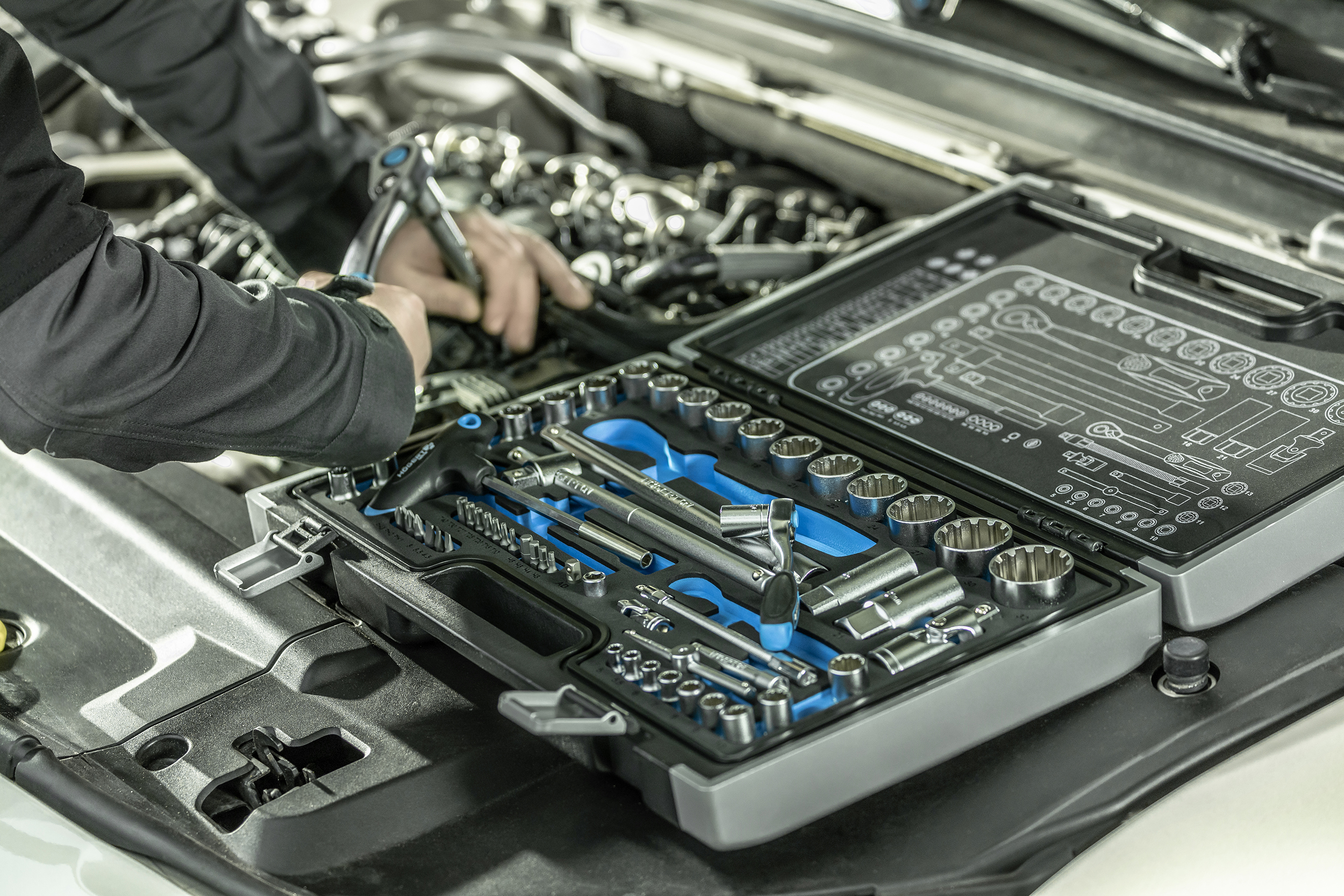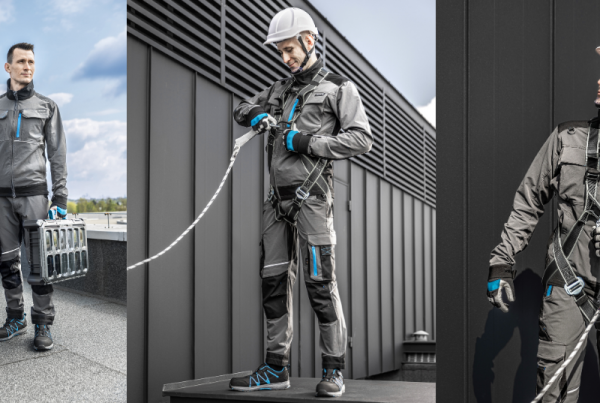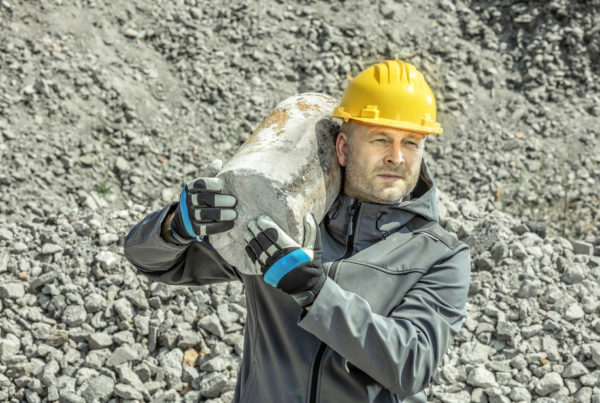On the packaging of hand tools, following abbreviations are often placed: CrV, CrNI, Cr-Mo or the short description “tool steel”. These descriptions inform the consumer about the type of steel that the product was made of. Before buying tools, it is worth paying attention to these markings and becoming familiar with their meaning.
In order to interpret the above-mentioned abbreviations, you should be aware that the classification of steels is carried out according to various criteria. One of them is the chemical composition, in which there is a division into alloyed and unalloyed steel.
Alloy steel – an alloy of iron with carbon and specially introduced alloying additives. These additives occur in various amounts – from trace amounts to several dozen percent. As a component, they are very important because they significantly influence and change the properties of steel.
The most popular alloying elements are: molybdenum, vanadium, aluminium, tungsten, nickel, chromium, manganese, silicon, titanium, niobium and cobalt. In order to increase durability and reduce brittleness, for the production of hand tools are used:
- chrome-vanadium steel (CrV) – characterized by increased resistance to corrosion and rust formation. The alloy addition of “chromium” significantly improves the susceptibility of steel to hardening. The alloy addition of “vanadium” increases the ductility of the steel during thermal processing that positively influence on the resistance to high temperatures and not being deformed.
- chrome-nickel steel (CrNI) – characterized by very high resistance to corrosive factors such as: sea water or sulfuric acid. In addition to acid-resistant properties, this steel is distinguished by heat resistance and creep resistance.
- chrome-molybdenum steel (Cr-Mo) – by far the lightest, which makes products made of this steel more durable with a lower own weight. The alloy addition of “molybdenum” increases the tensility of steel at high temperature and prevents deformation. It also increases the overall corrosion resistance of steel in humid and acid environments.
Unalloyed (carbon) steel – an alloy of iron with carbon, it does not contain specially introduced elements. The content of elements other than carbon is low – these are admixture and impurities. Due to costs, removing them is uneconomical. It is a percentage of carbon and heat processing of alloy that affect the properties and characteristics of unalloyed steel. Generally, unalloyed steel is used for the production of simple structure elements and those that require high tensile strength (e.g. pressure tanks).
Some hand tools are made of unalloyed tool steel with a carbon content of 0.6-1.5%. The working surface of such tools is hard, and steel is hardened well.




